Configure your tactical belt
On the tactical belt we place the equipment that we need to have quickly at hand. Of course, we have to orient ourselves according to which hand is our dominant hand and what we need to have available the fastest. In the following article, we'll look at how to most effectively configure a tactical belt to be most useful to us.
Establish in advance what you need
Adapt your equipment to a specific task and determine in advance exactly what you will need for these purposes. Excess equipment will burden you and ultimately delay you. It also depends on whether you use the tactical belt separately or have it as an addition to the tactical vest. Neither of these situations is wrong - but a tactical belt should function in such a way that if the vest is thrown away, for example during an escape, it will fulfill its basic purpose and contain everything you will need to successfully complete the task.
Ideally, hang your gear on your tactical belt to take the pressure off your shoulders. In addition, by loading the pelvic area, you shift your center of gravity and you can be more stable during dynamic movement. Keep things organized so you know exactly where to reach and don't linger in the real world looking for something what should be reachable automatically. Use the same configuration of equipment both during training and in real life.
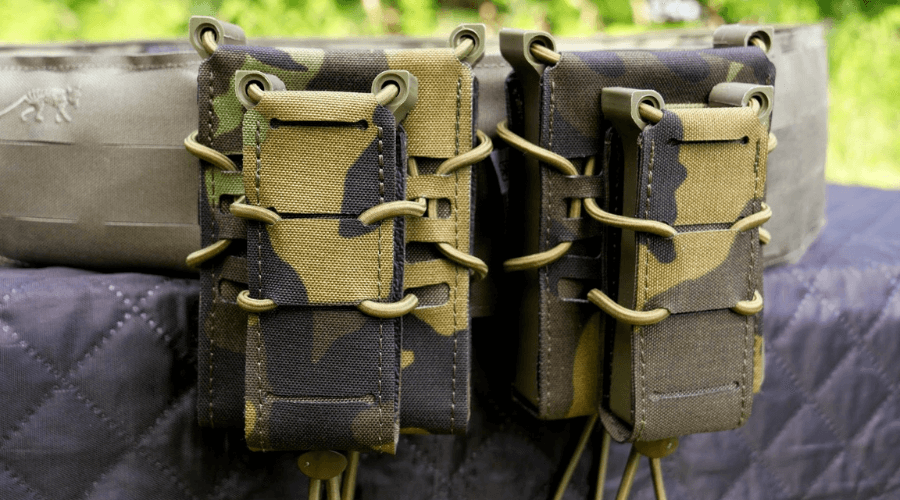
Adapt your equipment to a specific task and determine in advance exactly what you will need for these purposes. Source: Rigad
Weapon in dominant hand
The basic rule is to have a holster for a short weapon on the side of the dominant hand (so logically, right-handers on the right, left-handers on the left), in reverse, keep spare magazines on the other side. It will facilitate quick and efficient reloading that requires both hands. Note that your dominant hand may not be the same as your writing hand. But you probably already know, at least from training at the shooting range, which hand holds your gun better.
As for the magazines, you can have one magazine open, ready for maximally quick use, and another (at least one) covered or attached by loops so that they do not fall out in more demanding situations.
Only the important things in IFAK
A first aid kit, or IFAK, is an important part of the equipment of every tactical belt. This should contain only the elements necessary to solve an urgent situation - again, the emphasis is on minimalism, which will prevent your equipment from being too cumbersome. This applies to both military applications and tourists, who should definitely not forget a first aid kit. Even "civilians" can wear something like a tactical belt, even if the width is adapted to the loops on their outdoor pants.

Use the same configuration for both, training and real action. Zdroj: Rigad, SVP 2023
We should not forget sterile (rubber) gloves, whose sterility can be maintained until the last moment, for example, by storing them separately - for example, in a Kinder egg wrapper or a similar small package that fits either in the IFAK or in a separate small pouch. Feel free to pack several pairs of medical gloves.
In the first aid kit, let's put mainly items to stop (massive) bleeding, bandages, small scissors and then maybe just any medicine for your acute allergy. In short, only things for which speed is essential during the application. Things to treat minor injuries, as well as headache pills, can be carried in your backpack. You will probably have plenty of time to find them.
In addition to the first aid kit, add a tourniquet to your belt (we already wrote about how to work with a tourniquet and why to use it in a separate article). With a tourniquet, you can stop massive bleeding, whether caused by a gunshot or laceration or an open fracture.
Dump pouch and other essentials
Part of the equipment should also include a dump pouch, which you can safely have in the back. It should be rollable (so that it takes up as little space as possible when it is empty) and it should be easily accessible via a flap or drawstring. We wouldn't want a stuck zipper in a difficult situation.
You can… well, throw… empty magazines into the dump pouch, for example, but you can also store hearing protection, sunglasses, or some extra ammo. It's simply a pouch for otherwise unclassifiable gear that you need quick access to - faster than having to take off your backpack to do so.
And finally, we could attach a holster with a knife and/or multitool to the belt. Such a tool will always come in handy, regardless of whether we are configuring a belt for military or civilian purposes.
Experience your configuration
Experience your tactical belt configuration before you head into action. Plan your tactical belt the same way you plan your vest, so that related pieces of equipment are on the same side. Train your so-called muscle memory so that you automatically and subconsciously reach for the necessary piece of equipment and do not waste precious seconds in a critical situation.
Readers are further interested



















































































































![URBAN ADMIN POUCH® [O.03] - CORDURA®](https://cdn.rigad.com/wareImages/urban-admin-pouch-o-03-cordura-047691_pd.jpg)
![URBAN ADMIN POUCH® [O.03] - CORDURA®](https://cdn.rigad.com/wareImages/urban-admin-pouch-o-03-cordura-047683_.jpg)
![URBAN ADMIN POUCH® [O.03] - CORDURA®](https://cdn.rigad.com/wareImages/urban-admin-pouch-o-03-cordura-047693_.jpg)
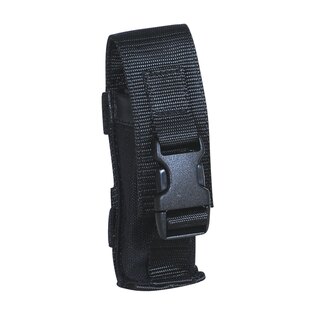


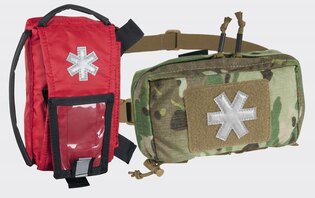



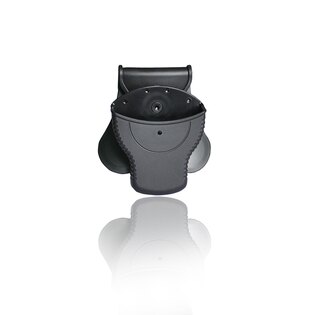
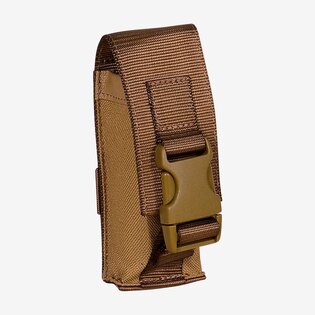


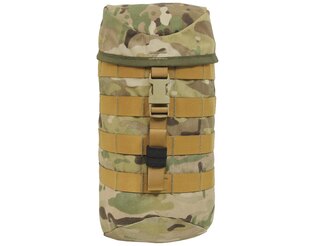


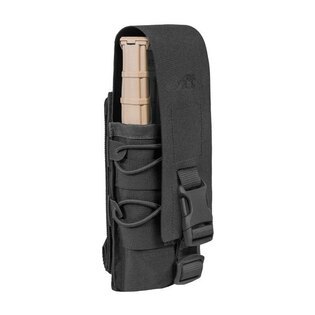


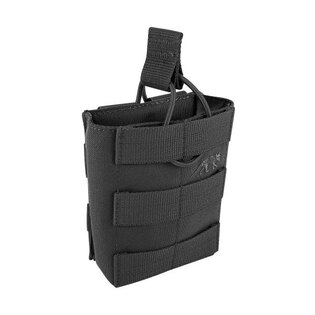





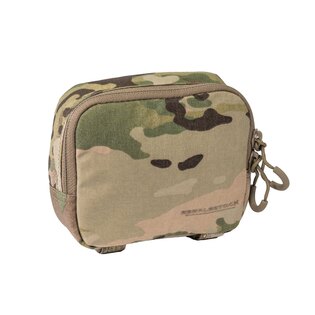


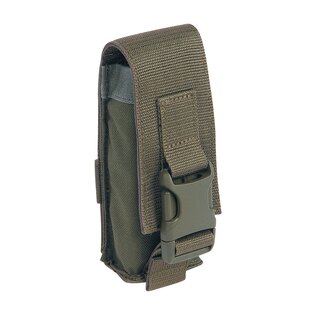


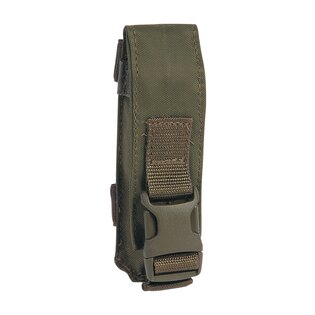


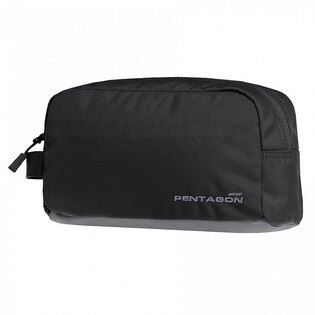


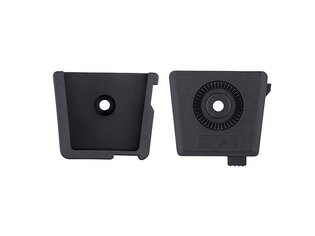
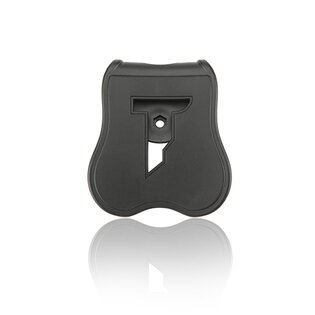
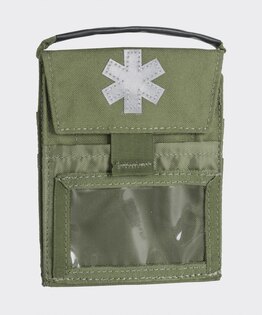





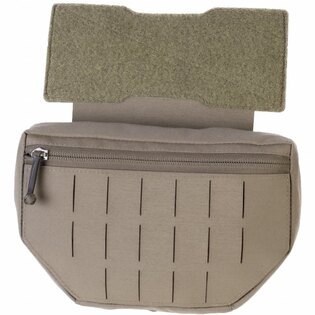


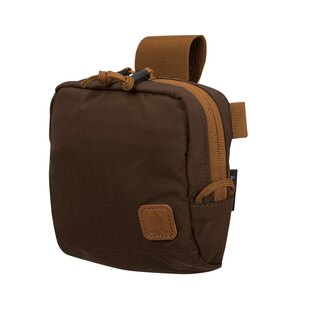


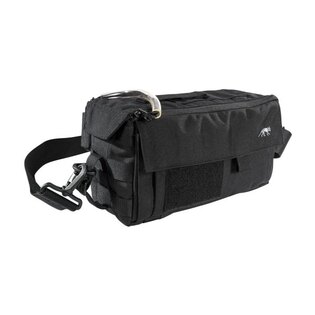


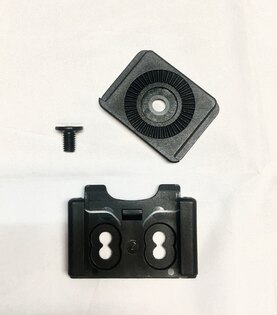
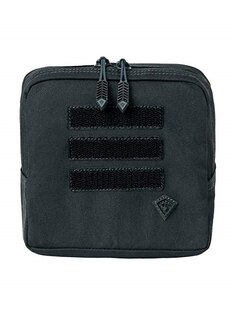


![NAVTEL POUCH® [O.08] - CORDURA®](https://cdn.rigad.com/wareImages/navtel-pouch-o-08-cordura-096228_pd.jpg)
![NAVTEL POUCH® [O.08] - CORDURA®](https://cdn.rigad.com/wareImages/navtel-pouch-o-08-cordura-047730_.jpg)
![NAVTEL POUCH® [O.08] - CORDURA®](https://cdn.rigad.com/wareImages/navtel-pouch-o-08-cordura-047740_.jpg)






